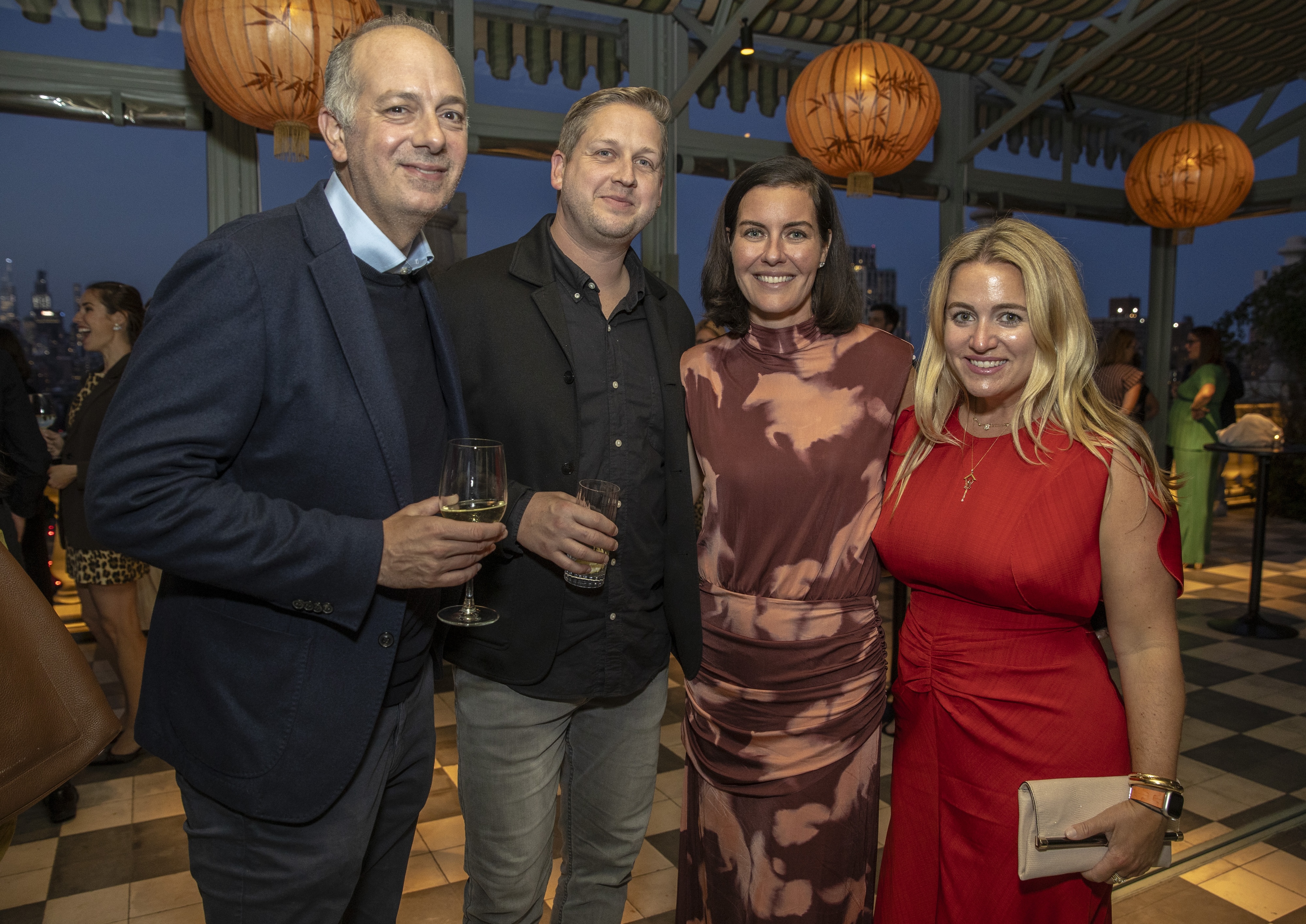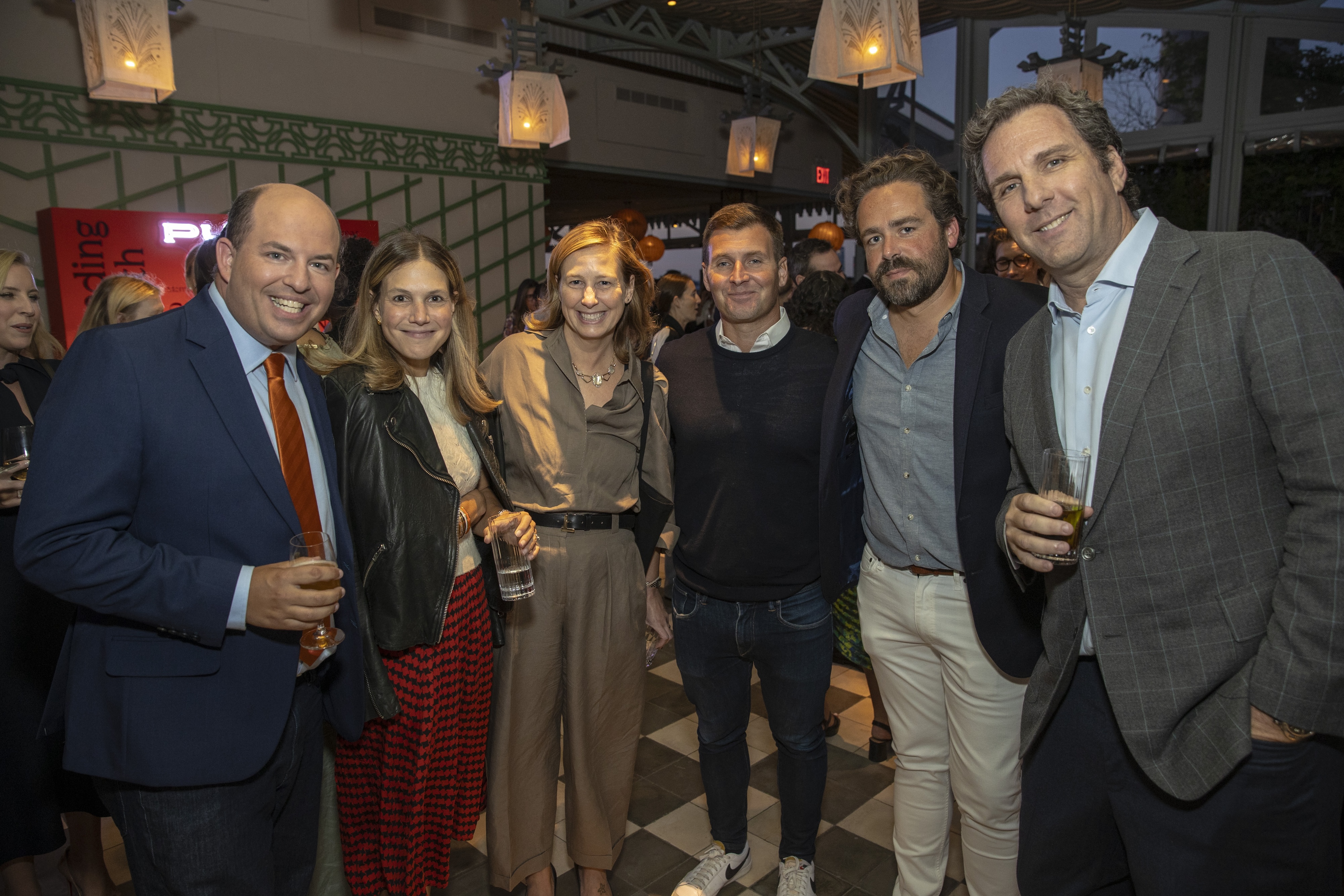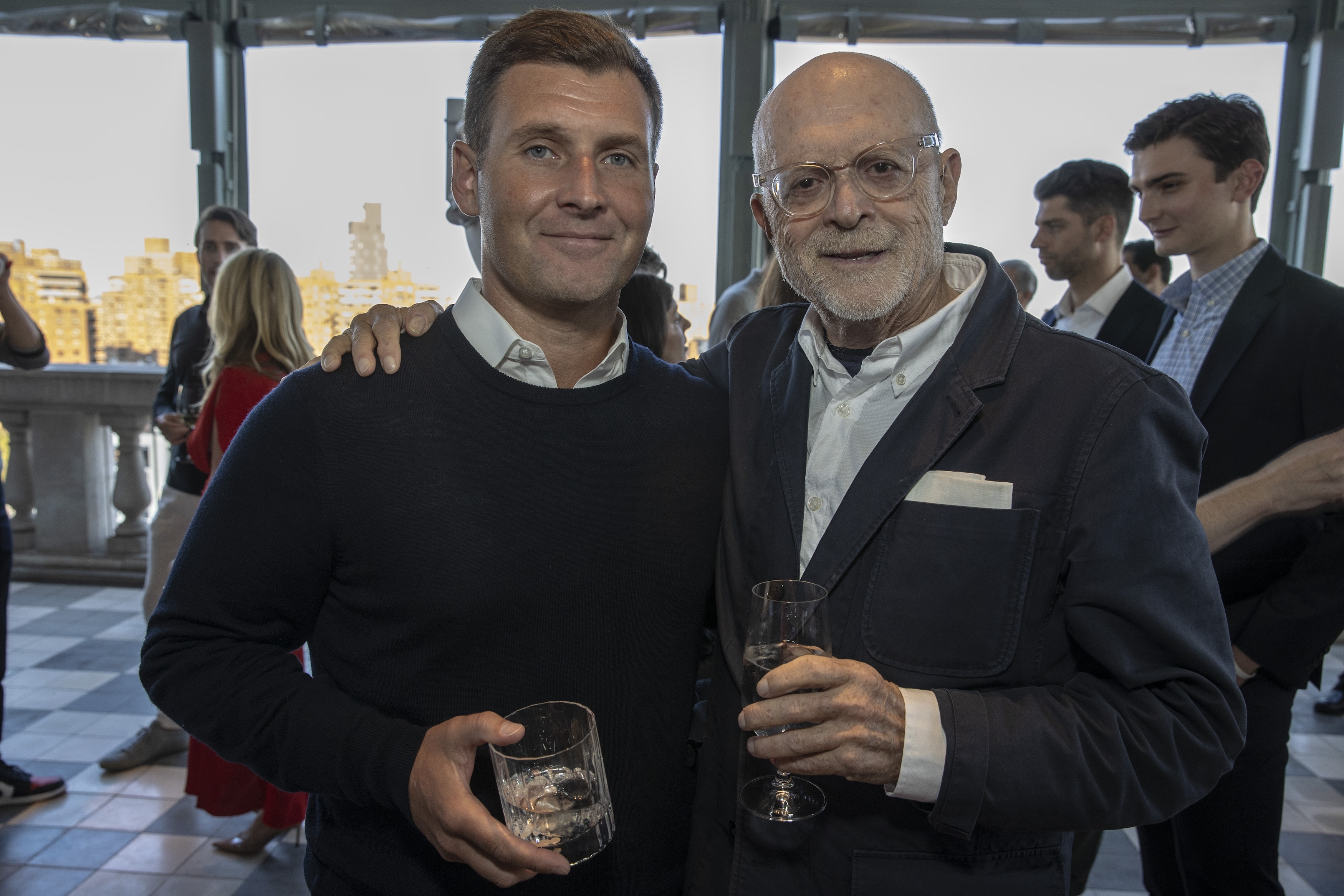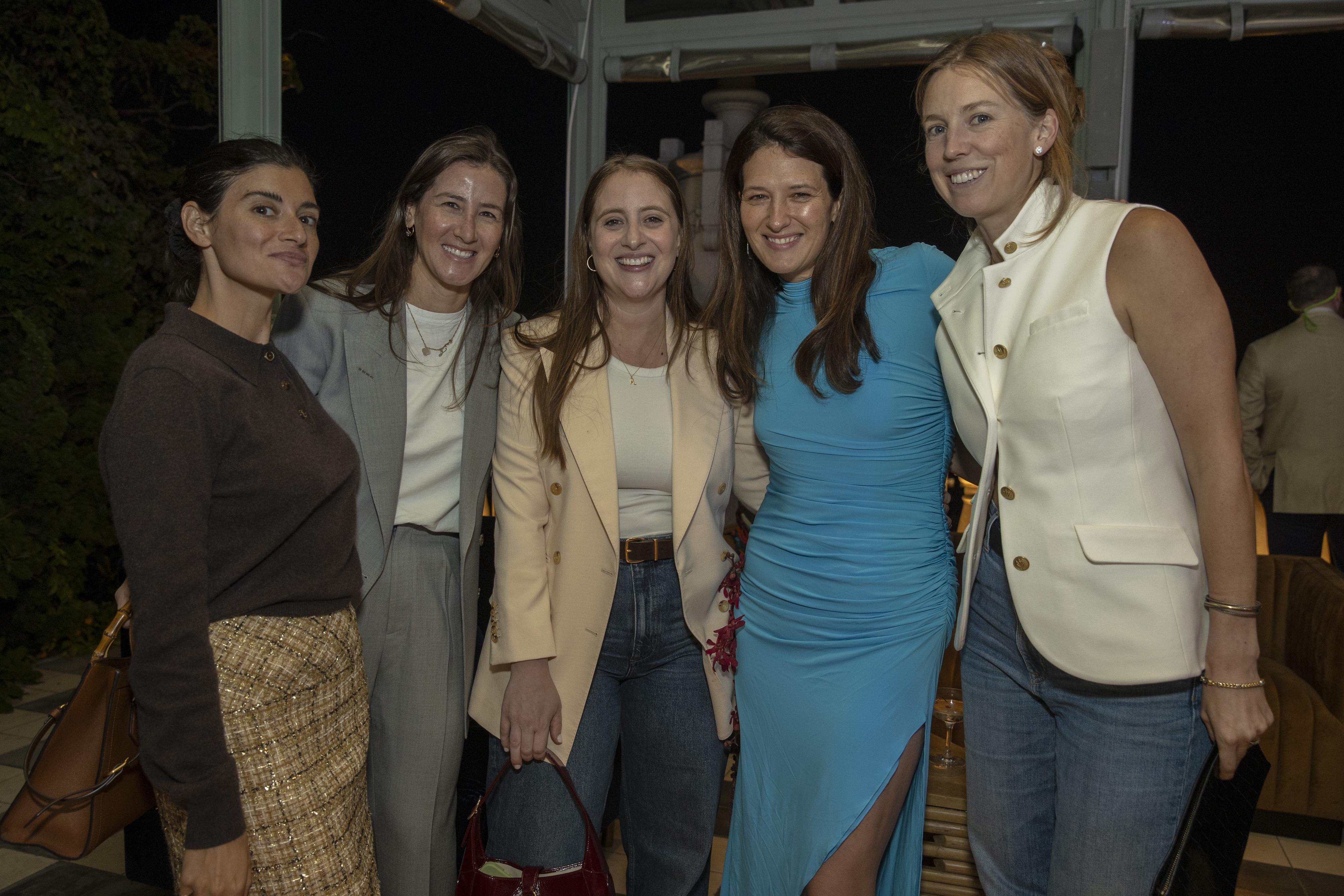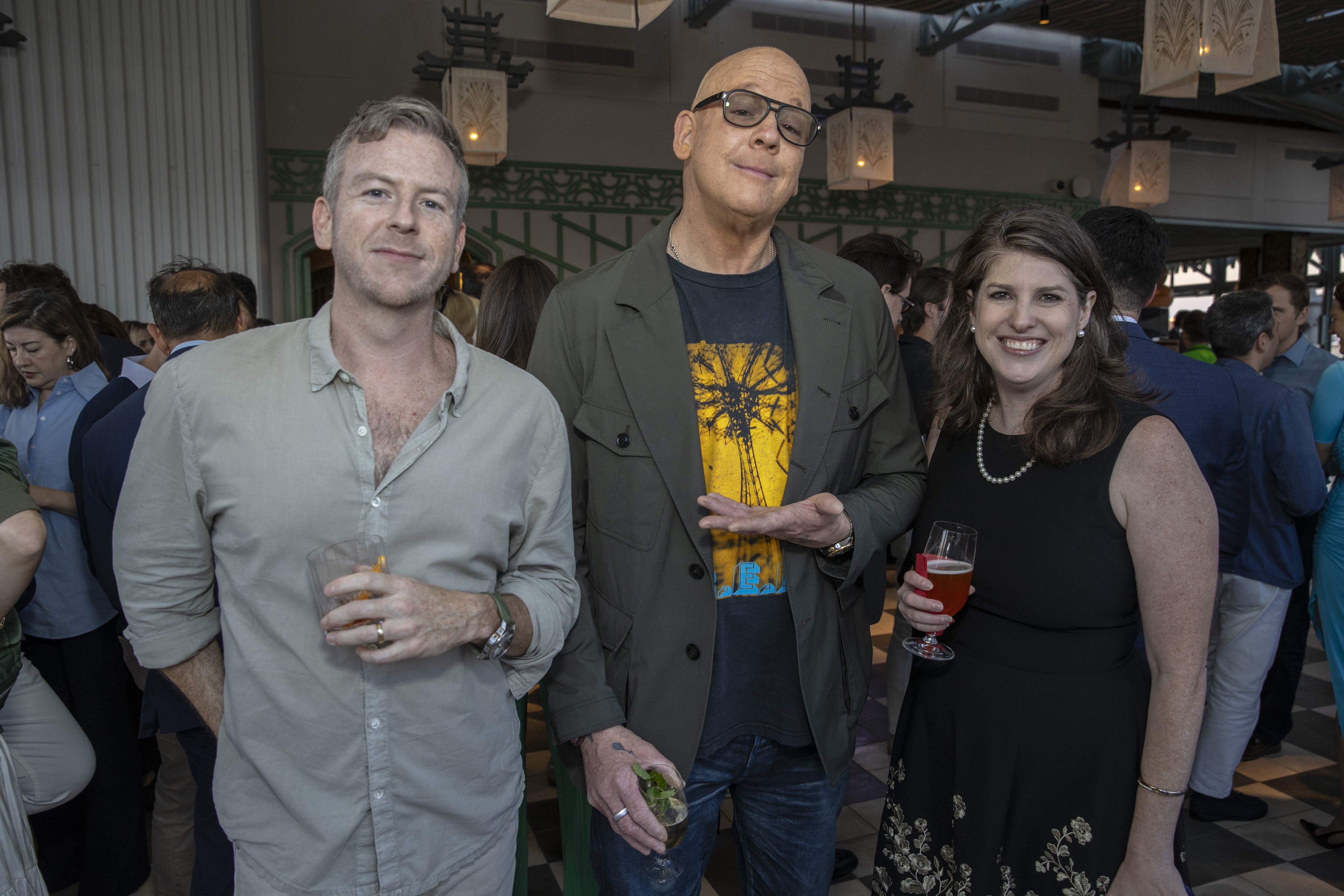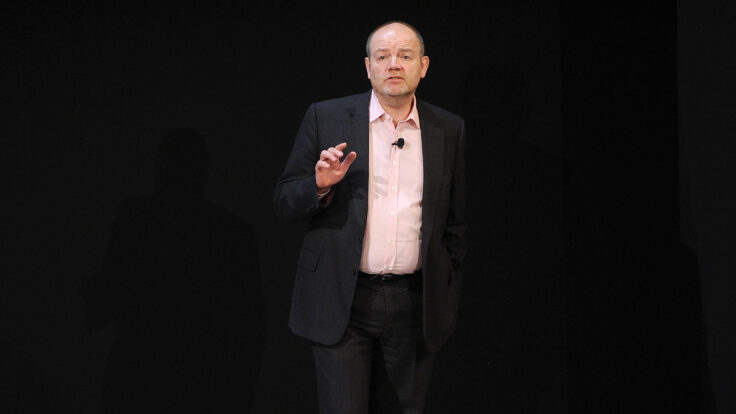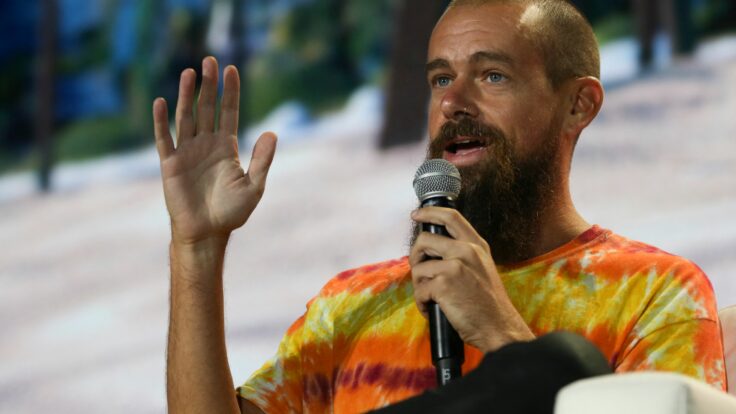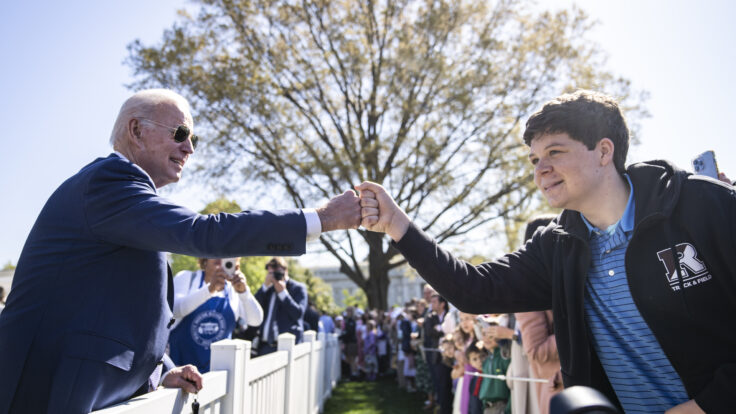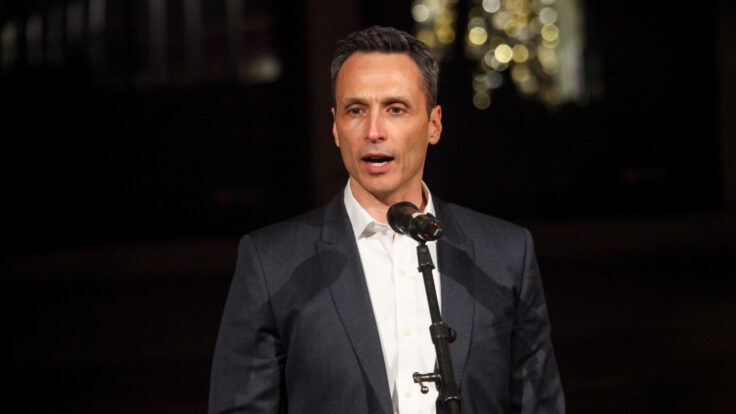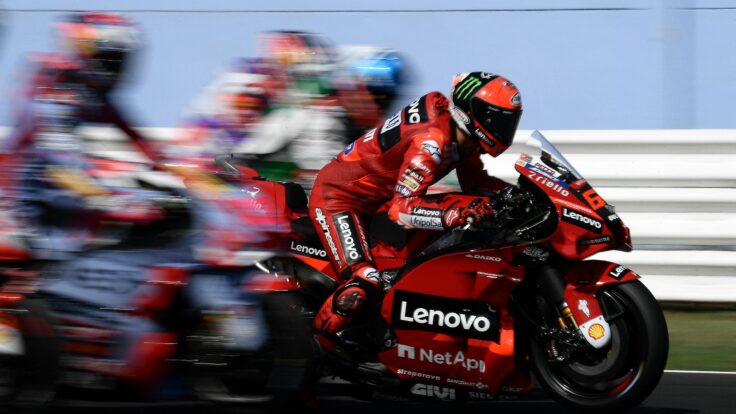 |

|
|
|
|
|
|
Good morning,
Thanks for reading The Backstory, your weekly portfolio of the best new work emanating from Puck.
It was yet another incredible, utterly fabulous week: Matt Belloni previewed an economic paradigm shift for the TV business; Bill Cohan asked Carl Icahn where his missing $20 billion went; Lauren Sherman assessed the Alaïa renaissance and traded LVMH observations with Rachel Strugatz; John Ourand delved into Caitlinomics with the WNBA commish; John Heilemann revealed what’s eating Democratic operatives; Marion Maneker got the readout on the art market from the Armory; Eriq Gardner previewed CNN’s legal colonoscopy; and Dylan Byers got the dish on Jeff Zucker’s latest deal.
Check out these stories, and others, via the links below. And stick around for the backstory on how it all came together.
P.S., in celebration of Puck’s third anniversary, we’re pleased to offer 20 percent off an annual subscription. Click here to claim this very limited-time deal!
|
 |
|
|
FASHION:
Lauren Sherman reports on the ascent of Pieter Mulier at Alaïa… and all those Chanel rumors.
and…
Rachel Strugatz digs into the Arnaults’ beauty portfolio.
ART MARKET:
Marion Maneker chats with some of the world’s wealthiest art buyers on the floor of the Javits Center.
HOLLYWOOD:
Ken Basin suggests a path back to sanity in TV deals.
and…
Scott Mendelson explains the Beetlejuice Beetlejuice box office mania.
WALL STREET:
Bill Cohan chats up Carl Icahn about the downsizing of his personal fortune.
MEDIA:
Eriq Gardner reveals another Netflix lawsuit and CNN’s financial colonoscopy.
and…
John Ourand unpacks a ratings headache and WNBA economics.
and…
Dylan Byers conjures the news around Jeff Zucker’s Telegraph exit.
WASHINGTON:
John Heilemann conveys what is keeping Democratic strategists up at night for the next seven weeks.
and…
Peter Hamby spotlights a big issue for the campaigns in reaching persuadable voters.
meanwhile…
Abby Livingston offers a talmudic reading of the down-ballot races tantalizing the Hill.
PODCASTS:
🚨 John Ourand and WaPo’s Ben Strauss chew over ESPN economics and Tom Brady’s rocky debut on The Varsity, America’s favorite new podcast.
and…
John Heilemann chats with Dylan and Peter about pet-eating, Wharton, executions, and other absurdities from the debate in Philly on Impolitic.
and…
Matt and producer David Beaubaire examine the dire state of film development on The Town.
and…
Tara and D.C. player Juleanna Glover probe the Trump campaign’s tactics on Somebody’s Gotta Win.
and…
Lauren and Harper’s Bazaar’s Leah Chernikoff hand out this year’s fashion week awards on Fashion People.
and…
Eriq joins Peter to discuss the Murdoch succession drama on The Powers That Be.
As a reminder, you can update your profile at any time to get more stories like these directly in your inbox. Click here to customize your email settings. |
|
|
|
|
| On Thursday evening, I was standing on the rooftop of the stunning Nine Orchard hotel, a refurbished Beaux Arts building in the neighborhood that the kids now call Dimes Square, chatting with David Axelrod at Puck’s third anniversary party. Yes, yes, obviously we touched on the tightening race between Donald Trump and Kamala Harris. Axe’s extraordinary stewardship of Obama’s campaigns has made him a political legend and soothsayer, after all. But the conversation also drifted to more prosaic topics. |
|
|
| As we looked northward over the balcony, beholding Midtown in all its alighted pre-fall splendor—recalling that Gershwin-backed opening sequence in Manhattan—we chatted about growing up in the city, especially back in the old days. Axe spent his formative years in Stuy Town before matriculating to Stuyvesant High School, and then Chicago to chase his own Augie March-style adventures. I grew up on Jane Street, not all that far away, catty corner to The Corner Bistro. My first solo apartment in Manhattan also happened to be on Orchard Street, just a penny toss from our vantage point, when the neighborhood was still called the Lower East Side and you had to be a madman to venture east of Ludlow on a Saturday evening. (I did, and lived to tell the tales…) |
|
|
| In some regards, I’m sentimentally challenged, or at least inelastically forward-facing by nature and practice. And yet, I was overcome by a patina of both nostalgia and pride. We were gathered at Nine Orchard with our partners and friends to celebrate Puck’s third anniversary. And I was surrounded by all the greats of our company: Matt Belloni, Julia Ioffe, Bill Cohan, Dylan Byers, Peter Hamby, Lauren Sherman, John Heilemann, John Ourand, Eriq Gardner, Tara Palmeri, Abby Livingston, and Marion Maneker. Of course, there was Puck’s generationally peerless C.E.O., Sarah Personette, holding forth; and our incredible executive team: Ben Landy, Stacy Eisner, Amy LoPiccolo, and our C.O.O. Liz Gough, my earliest partner in the company, who was delighting our guests and most-prized homies—the great Scott Mulhauser, Peter Malachi, Michael Carl, Marcus Casey, Rebecca Matwijkow, Glen Caplin, Laura Merritt, Jon Dennis, Shaun Callaghan—with the latest updates on the business. |
|
|
| Elsewhere, fraternizing in the gilded scenery were our exemplar operators—Alex Bigler, Julia Baldyga, Gaby Grossman, Dan Tsinis, Louise Johnson, Danny Karel, and Pete Keeley, who copyedits every word you read in Puck, including these. They mingled with some of the gathered swells and pals from our various and far-flung cinematic universes, like Axe, Emma Tucker, Peter Lattman, Risa Heller, Mickey Drexler, Stella Bugbee, Laura Brown, Jolie Hunt, Rebecca Kelly, Sam Dolnick, Jodi Gottlieb, Paul Zwillenberg, Gabe Sherman, Neal Zuckerman, Bradley Singer, Carly Holden, Nick Brown, Charlotte Klein, Shawn McCreesh, Sara Moonves, Brian Morrissey, Aurora James, Selby Drummond, Rachel Adler, Jennifer Khoury, and many others. It was a great night. |
|
|
| As loyal readers well know, the equation of Puck’s success is simple and elegant, reliant on the inputs of partnership, creativity, and business-model innovation. I’m not only proud to work with the greatest journalists of our time, but exceedingly in awe of the way they’ve revolutionized a new revenue-sharing and equity framework. They are not only my colleagues, as you well know, they’re my partners: They are paid in success, and our names appear together on the cap table. We’d have it no other way. And while we’re still in the earliest innings of Puck’s journey, our intention is to convince our industry that business-model innovation is inextricably linked to extraordinary journalism. This topic had been the leitmotif of our two-day corporate offsite, all held in Puck’s airy Lower Tribeca offices, which culminated in the party at Nine Orchard.
Business-model innovation, after all, is the cornerstone of creative enterprises. The collapse of the classified advertising model spelled doom for the newspaper industry… until subscription saved the day (for some). Napster decomposed the molecular unit of music from the album to the song, and remade the distribution mechanism—providing the germ of an idea that Spotify eventually capitalized upon. |
|
|
| The upheaval in the TV business is a little more nuanced. Obviously, streaming has disrupted linear, but the transformation actually pertains to a business-model shift. For eons, the TV business revolved around the so-called deficit-financing model, which aligned the incentives of the talent who made the shows with the studios that financed and produced them and the networks that aired them. Among other things, the deficit-financing model generally motivated creative people to do their very best work and indulged studios to take chances. About a decade ago, however, Netflix and Amazon helped introduce a new model—cost-plus—that relied on paying a premium for shows in order to buy out the backend. As you can imagine, by de-risking an inherently risky business, this structure was initially popular with talent seeking guaranteed compensation. It was also a hit with agents and managers in town, who happily took their percentages. And it quickly became the rocket fuel of the Peak TV era. |
|
|
| Over time, though, the shortcomings of the cost-plus model have become apparent. For the studios and their profit participants, there are no financial bombs, but there are far fewer runaway successes, too—just a steady stream of singles and doubles. Cost-plus may have been the model upon which Peak TV was built, but it has also become one of the drivers of the industry’s decline.
On Thursday evening, as I was overlooking midtown, Matt published the latest issue of his sui generis private email, What I’m Hearing, which contained A Path Back to Sanity in TV Deals by lawyer and veteran business affairs executive Ken Basin. The piece not only elucidates the challenges with the current infrastructure, it also lays out a number of logical amendments to make the industry more efficient and improve the product. It’s an extraordinary piece—brilliant, sure, but also metaphorically resonant to the work we’re doing here at Puck. After all, recasting these models is the fundamental story of our time, and precisely what you should expect to read about at Puck. |
|
|
Have a great weekend,
Jon |
|
|
|
|
|
 |
|
|
|
Need help? Review our FAQs
page or contact
us for assistance. For brand partnerships, email ads@puck.news.
|
|
You received this email because you signed up to receive emails from Puck, or as part of your Puck account associated with . To stop receiving this newsletter and/or manage all your email preferences, click here.
|
|
Puck is published by Heat Media LLC. 227 W 17th St New York, NY 10011.
|
|
|
|






